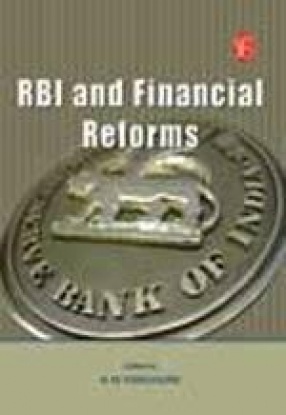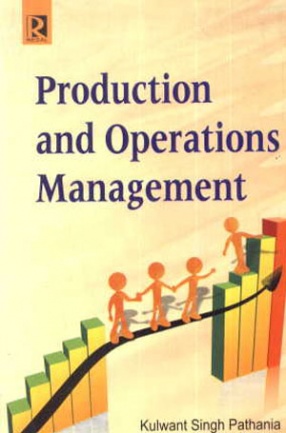The role and functions of RBI have radically changed during the last 15 years. There is a paradigm shift due to a major overhauling of the macroeconomic policies of the country – from a mixed economy with bias towards socialist welfare to the acceptance of open and competitive market economic forces. Prior to 1991, the role of RBI was ‘nation-centric’, but it has now become ‘world-centric’, to be in tune with the norms and conditions laid down by IMF (International Monetary Fund), IBRD (International Bank of Reconstruction & Development), & WTO (World Trade Organization) for opening up the economy to global competition. The RBI, in its new ‘avatar’, very successfully sorted out all the above problems. It helped the country’s economy march on the growth trajectory of an annual 7-8% income growth. It brought about price stability by achieving an annual inflation rate within the range of 3%-5% and by administrating the ‘low-interest regime’, attuned to global banking interest rates. The RBI brought about monetary stability by encouraging flow of foreign capital and foreign exchange reserves. It helped in maintaining a stable exchange range. The RBI successfully integrated the Indian banking system with the global banking and financial systems. The RBI has, therefore, emerged as the main facilitator for the accurate implementation of macroeconomic policies rather than being a mere facilitator of monetary and banking policies. There has been a sea-change in its ‘nation-bound’ functions because the RBI has a new commitment; that of international sensitivity. Therefore, it is essential to study the radical change in the role and functions of the RBI, particularly during the period of economic reforms.
RBI and Financial Reforms
In stock
Free & Quick Delivery Worldwide
reviews
Bibliographic information
Title
RBI and Financial Reforms
Author
Edition
1st ed.
Publisher
ISBN
9788131419960
Length
256p.
Subjects







There are no reviews yet.